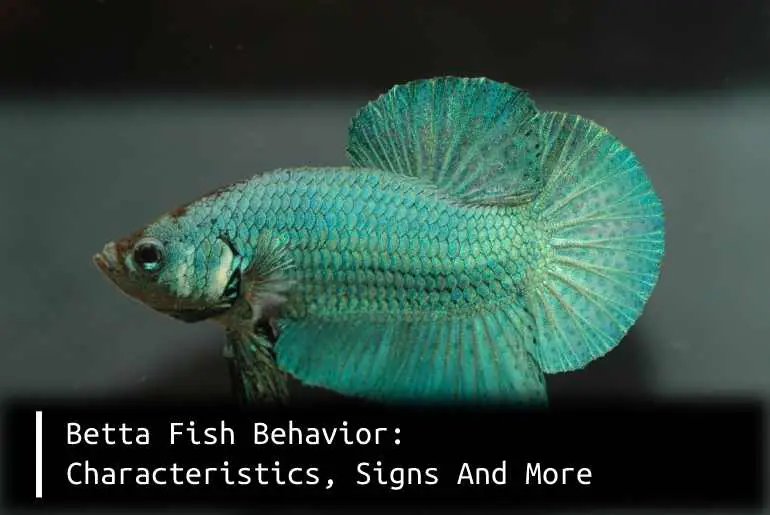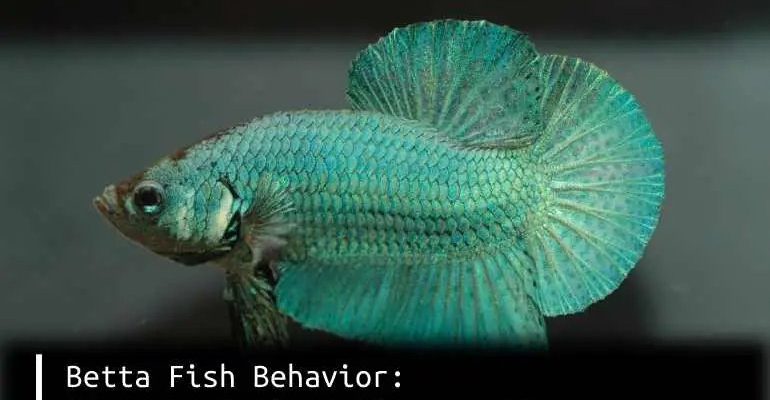
When you observe your betta, you’re not just watching a pet swim; you’re tuning into their emotions and needs. Just like people, bettas have their own ways of expressing themselves. Whether they’re flaring their gills or hanging out near the surface, understanding what they’re doing and why can help you provide the best care for them. Let’s dive into the world of betta fish behavior and see what makes these aquatic wonders tick!
Understanding Betta Fish Behavior
Betta fish are known for their unique personalities, and they express themselves in various ways. Their behavior can indicate comfort, stress, or even illness. It’s essential to pay attention to these behaviors to ensure your betta is happy and healthy.
You might be wondering, what are the key behaviors to look for? One of the most common is the flaring of their gills. When your betta flares, it looks like they’re showing off their vibrant fins and gills. This behavior often means they feel threatened or excited. If your betta is in a tank alone and flaring at nothing, it might be a sign of boredom or frustration. It’s their way of saying, “Hey, I’m here and I want to play!”
Another observable behavior is how they interact with their surroundings. Bettas are curious fish. They often explore their tank, swimming around decorations and plants. If your betta seems lethargic and hides most of the time, it could indicate stress or an issue with water quality.
Common Behaviors and Their Meanings
Let’s unpack some common behaviors you might see in your betta fish and what they might signify:
- Fighting or Aggression: Bettas are territorial, especially the males. If you see them flaring at their reflection or other fish, it’s a natural instinct to defend their space. This behavior could lead to aggression if they’re kept in a community tank with other males.
- Bubbles: If your betta is blowing bubbles at the surface, it’s usually a good sign! Bettas create bubble nests as part of their mating behavior. If you see this, your betta is healthy and feeling secure.
- Hiding: While some hiding is normal, excessive hiding can mean your betta is stressed. Check for signs like water quality issues or tank mates that might be bothering them.
- Swimming in Circles: If your betta swims in a repetitive pattern, it might be bored or stressed. Consider adding more plants or decorations to stimulate their environment.
Understanding these behaviors can help you create the best environment for your finned friend.
Recognizing Stress Signals in Betta Fish
Stress can be detrimental to a betta’s health. It’s crucial to recognize the signs to help them feel more comfortable. Here are a few stress signals to watch for:
- Fading Colors: Healthy bettas show off their vibrant colors. If your betta starts to look dull, it might be a sign of stress or illness.
- Rapid Gill Movement: If you notice their gills moving rapidly, your betta could be feeling anxious. It’s essential to check the water quality immediately.
- Loss of Appetite: If your betta isn’t eating, that’s a red flag. A healthy betta typically has a good appetite. Look for other signs of distress at the same time.
If you observe these signs, it’s time to take action. Check the water temperature, quality, and tank mates to ensure they’re living in a stress-free environment.
Betta Fish Personality: What Makes Them Unique
Every betta fish has a personality, much like humans do. Some are shy and prefer to stay tucked away, while others are bold and swim around confidently. Their personality can depend on several factors, including genetics, environment, and past experiences.
If you have more than one betta, you might find that their personalities clash. Male bettas, in particular, are known for their territorial nature. If they’re kept together, fights can break out, which might lead to serious injuries or even death.
However, females can sometimes live together in what’s known as a sorority, provided the tank is spacious and there are plenty of hiding spots. It’s all about creating an environment that respects and nurtures their individual traits.
Creating a Comfortable Environment for Your Betta
A well-set tank is vital for a betta’s well-being. Here are some tips to help create a comfortable space:
- Tank Size: Bettas need space to swim. A minimum of 5 gallons is recommended. Too small of a tank can lead to stress and health problems.
- Water Quality: Keeping the water clean and at a proper temperature (about 76-82°F) is essential. Use a quality water conditioner to remove harmful chemicals.
- Decorations: Adding plants, caves, and decorations gives your betta places to explore and hide. Just make sure they don’t have sharp edges that can tear their fins.
By creating a comfortable environment, you’re helping ensure your betta stays healthy, happy, and active.
Understanding Betta Communication
Bettas communicate in fascinating ways, often using body language that’s easy to miss. Their fins, colors, and even their movements are all part of their communication toolkit.
For instance, when a betta feels threatened, it might puff up its fins or flare its gills. This display can be a warning to other fish, signaling that the betta is not to be messed with. Alternatively, a relaxed betta might swim gracefully and keep its fins close to its body.
If you notice drastic changes in how your betta carries itself, that could indicate something is off—maybe it’s feeling threatened by a tank mate or is uncomfortable with the water conditions.
Common Misconceptions About Betta Fish Behavior
There are plenty of myths surrounding betta fish behavior. Let’s clear up a few:
- Myth: Betta Fish Like to Live Alone: While bettas are territorial, they can also enjoy the company of certain compatible tank mates if introduced properly.
- Myth: Bettas Are Lazy: Bettas might not swim around rigorously all the time, but that doesn’t mean they’re lazy. They can be quite active, especially during feeding or playtime.
- Myth: Bettas Don’t Need Plants: Bettas thrive in environments with plants and decorations. These features provide places to hide and explore, enriching their lives.
By understanding the truth behind these misconceptions, you can provide a better environment and care for your betta fish.
In conclusion, observing and understanding the behavior of your betta fish is essential for ensuring their happiness and health. From recognizing stress signals to appreciating their unique personalities, each behavior tells a story. By paying attention and making adjustments in their environment, you can create a thriving habitat that showcases the beauty and charm of these amazing fish. After all, every betta deserves a home that matches their vibrant character!

